MOUNT EVEREST BASE CAMP TREK
Article by Mina Thevenin, Editor
CLICK on any image to view photography as a slideshow.
On the tail end of spring climbing season before jet winds and rains makes the trek to Mount Everest base camp out of the question, John Uhl invites his two sons- Nick & Karl, on an adventure to hike Nepal’s Mount Everest base. They couldn’t have known then, as they share their story with Photography World, but only one would complete the trek successfully.
May 6, 2012, the men of the Uhl family left mom at home in Kentucky and flew into Kathmandu. It was just three days after Nick graduated from the University of Colorado, where he obtained the degree of physical therapist, that they landed in a region of the world that boasts the highest peak in the world above sea level- 8,848 meters or 29,029 feet (5 and 1/2 miles). (1) Why the trek? It was to celebrate Nick’s graduation.
Already sports involved and adventurous beyond the “weekend warrior”, the father and sons pre-trek Everest base camp conditioning came rather easily. When it comes to being active there are generally two types of people- those who are and those who aren’t. The Uhl’s had already been living an active lifestyle that was years in the making to support such an Everest base camp trek. Karl, who was then a student at Murray State College, didn’t prepare a specific workout for the trek and would rely on his regular involvement in years of sports- lacrosse, skateboarding and snowboarding, which already ensured him a ready fitness for the adventure ahead. John’s conditioning? John is an Ironman athlete, marathon runner, and cyclist. Enough said.
Scouts- the family had been involved in scouts for many years, so they were all knowledgeable about hiking and hiking over rough terrain, the importance of light-weight gear and, importantly, their hiking boots were already broken in.
“I’ve always been kind of an armchair mountaineer,” says John, not to discount his treks in the Colorado Rocky Mountains. Part of their preparedness included reading books about Everest and its climbers, as well as articles and magazines about outdoor adventure, climbing, and trekking.
In a March 2015 interview, Nick recalled-
It started out as something to accomplish. My preparation for it was purely physical. I was living in Boulder at the time so I was able to spend a lot of effort prepping my legs and lungs for the trek. [Nick was already an outdoor adventurer- into cycling, hiking, and Colorado’s snow sports.] Mentally, I didn’t know what to think. I was experiencing a monumental transition in my life. I had just graduated from CU two days before we left for Nepal. I was trying to figure a lot of “life” stuff out at that moment.
Living life large…
In the March interview with Photography World, John remembers with wonder, seeing Mount Everest for the first time that 2012 trip with his sons. “The scale of the peaks,” John opens his arms into the air to impress the greatness of size. “We’ve all been to Colorado and seen 14 to 15,000 foot peaks, but there, we were just trekking among virtually the foothills- which were 20,000 feet and how steep they were!” John motions his arms wider to show me. “Then the guide points to it,” John gestures for me as the guide did for them, “and you know- this is Mount Everest.”
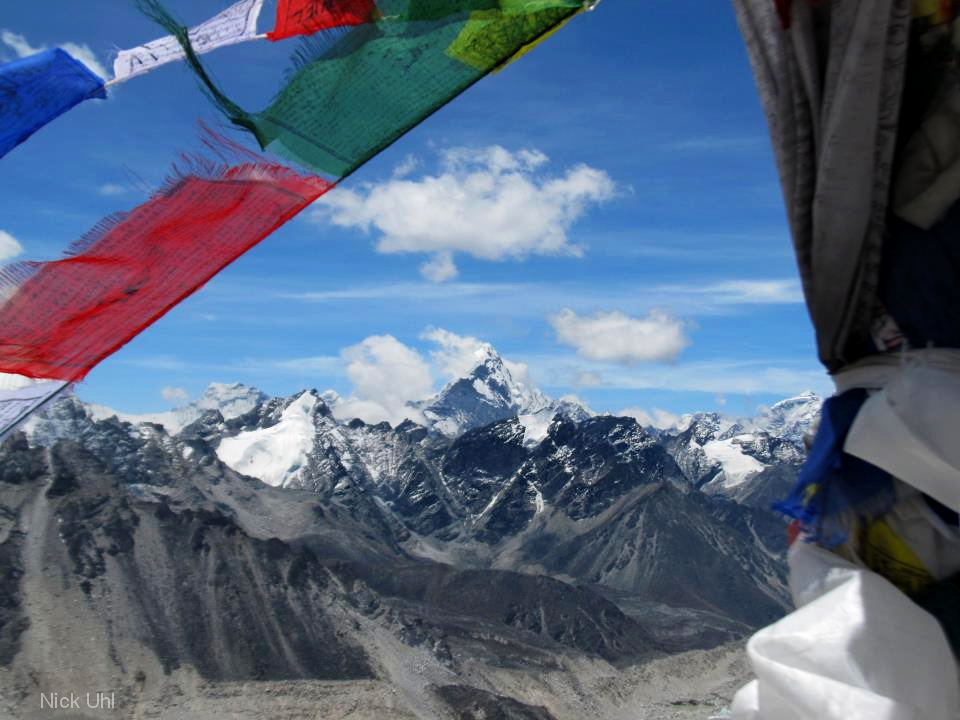
From Kathmandu they took a little propeller flight into Lukla (elevation slightly over 9,000 feet or 2800 meters). From there they hiked upwards about six miles a day for four days and gained elevation, trekking on unpacked trails that consisted of loose earth and rocks. At night they stayed, as most trekkers do, in a rustic bed & breakfast known as a “teahouse” or “tea house”. They acclimated along the way and reached the high elevation of Nepal’s north-east Tengboche (elevation 12,687 feet/3,867 meters),
a little village “the size of a suburban cul-de-sac” described John.John: One of the interesting things is the people you meet along the trail in these teahouses. Everybody eats together in a small kitchen. We sat next to two diplomats who had been stationed in Cairo, Egypt…fascinating to talk to because they were there during all that conflict in 2011, 2012…
John: (John laughs) And so we’re sitting there eating, we’ve traveled halfway around the world, and here’s three people who are virtually our next door neighbors- from Jasper, Indiana. We had the obvious jokes with them they had been hiking the mountains of Jasper and it’s rugged terrain. (Everyone laughs.)
Tengboche is an important village because it is along the Everest base camp trekking route, the homeland of the sherpas, and it is the home of the famous Tengboche Buddhist Monastery. The Uhl’s explored the Tengboche village over the next week in mostly sunny May days of mid 30’s Fahrenheit/1.67 Celsius. Himalayan Glacier Trekking Company arranged for the Uhl’s hike to base camp. Everyone was ready and went to bed that night eager for their morning’s light and the start of the trek- when tragedy struck. John describes what happened, “In Tengboche there is no medical anything. I mean, there is no running up to the pharmacy to pick up a prescription. There is no immediate care facility. Nothing. You are virtually at sea.” Karl was sick. For fourteen hours he experienced fever, chills, vomiting and worsening malaise. All John and their trekking guide could do was watch as Karl got worse. Nothing seemed to help and he couldn’t keep anything down. Several Indian physicians happened to be in the village preparing for their own trek, but without medical supplies, all they could do was offer expressed concerns about Karl’s declining health and the ever-worsening severe pain in his side.
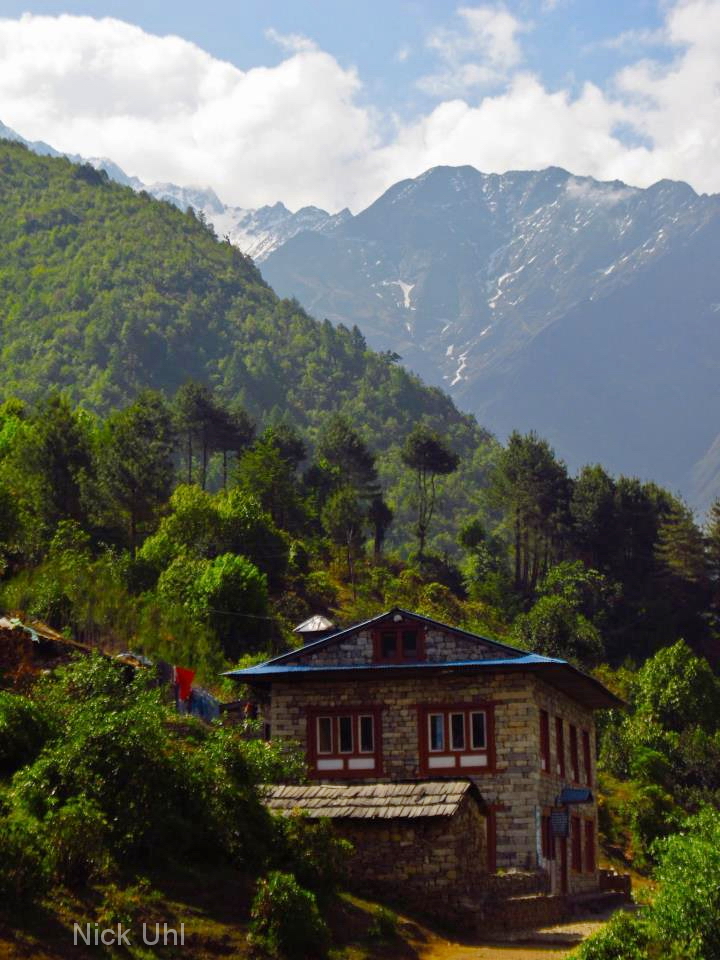
“There’s only two ways out of Tengboche- you either hike down, it’s a very hilly descent, or you are helicoptered.” Karl had grown so weak he could barely walk. John and the guide, who was very caring towards Karl, were concerned it might be appendicitis. “Helicopters can only fly in daytime and only in fairly good weather- visual flight rules. If you are stopped in there, you are not leaving.” A decision needed to be made that day because they were losing daylight. So, with weather still permitting and after hours of Karl’s condition worsening, the trekking company arranged for a chopper to “helo” John and his son back to Kathmandu where he was able to receive medical treatment. Nick watched his younger brother and dad airlift out. “Watching the helicopter take off put a lasting impression in my head and heart.”
CONFIDENCE
This left Nick on his own. Just like graduating from college and entering the “real world”,
“Because of the constant environmental shift during the trek, each day presented a new set of circumstances that you had to adjust to. Then, add in going solo with our guide- suddenly Dad wasn’t there to save the day if anything had gone wrong…Confidence. Each day presented new challenges, and I had to deal with fluctuating ‘landscapes’, very similar to what I was experiencing in my life back in the States.”
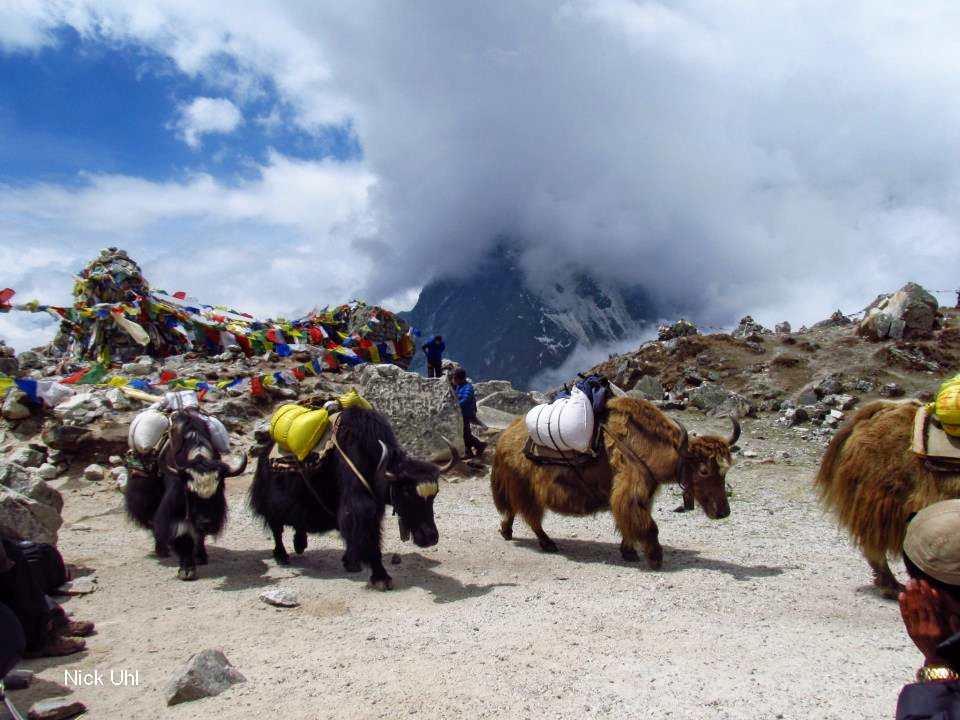
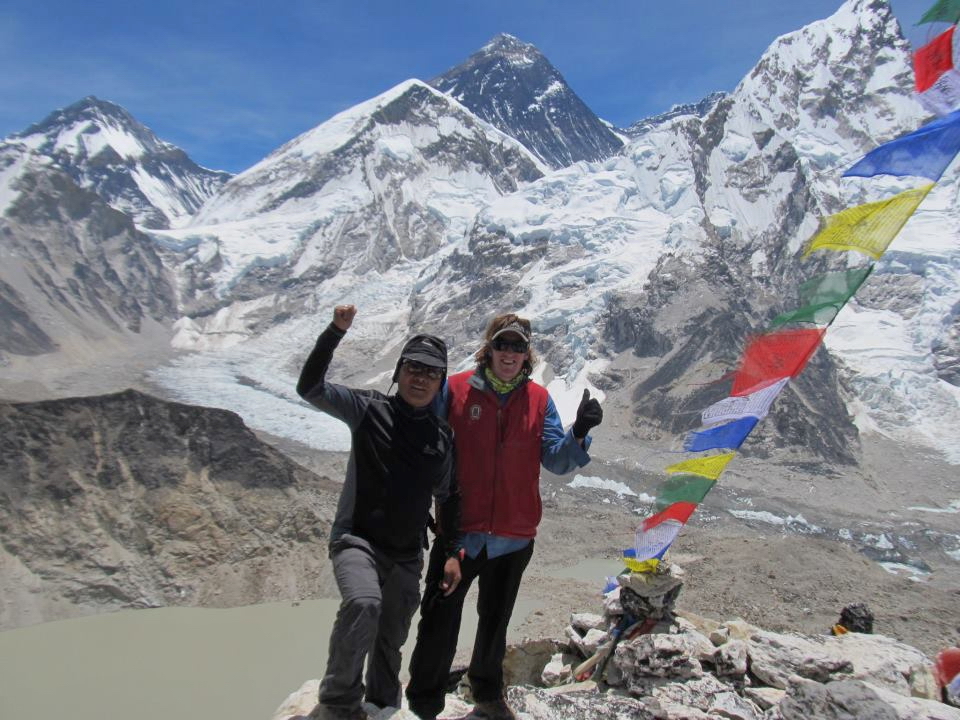
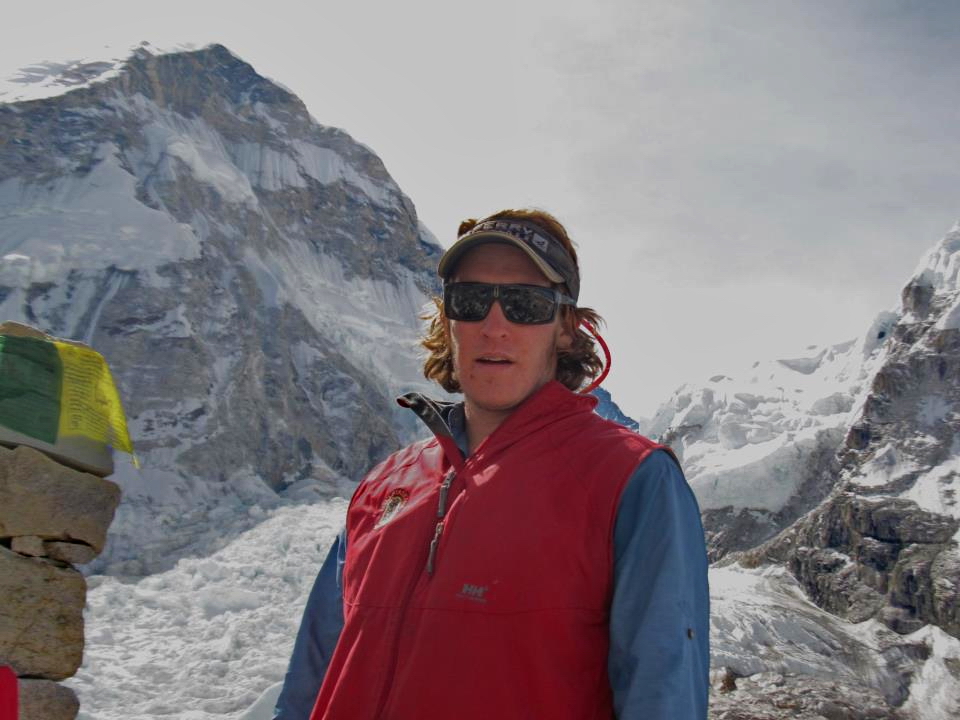
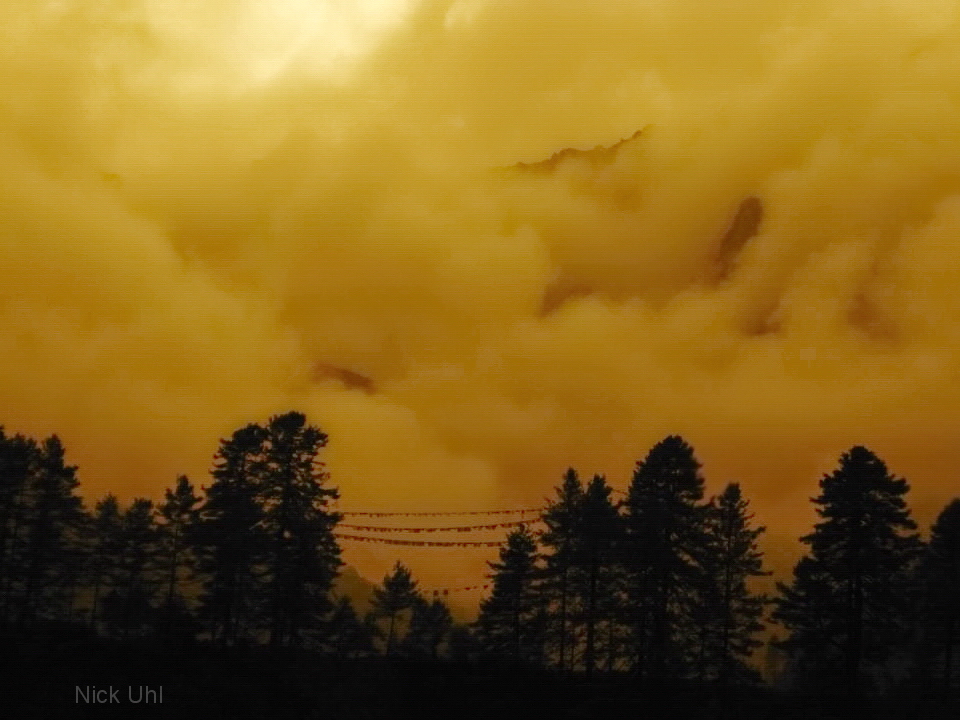
When asked, “Did the trip mean more than celebrating the graduation, ultimately?” The two young men and their father paused and the room became silent.
Nick: I don’t think we even talked about my graduation. (Everyone laughs.) It was more about standing at the foot of the tallest mountain in the world. That was the M.O. for that whole trip. It [the graduation] was more of an excuse to go. Nick shared that while he was trekking he thought about the mountains and the reasons why people come to do the trek or even summit, (pause) “to look up at the top of the world and wonder- what it would be like to tread on that holy ground.”
John: I’ve never lost that mid-western ‘gee whiz’ naivety of a kid, an ‘oh my gosh, I’ve read about this place!’ That’s really Mount Everest and Mount Lhotse and all those places.
Karl: I didn’t get to go all the way because I got really sick…but I’d go again, for a graduation or whatever. (Everyone laughs.)
Which do you prefer- mountains or woods or water?
John: For me the mountains are my “Margaritaville”. I don’t know about these guys. That’s where I would prefer to be, the mountains.
Karl: I’d take mountains over the ocean.
Nick: I just as much like sailing or mountains… Whatever fills that need. I couldn’t pick one over the other every single time.
When you say “need”- what would you say that need is?
Nick: Whatever brings you a little bit more calmness or solace- whether it’s fresh air, or friends, or solitude, or just experience something that’s like those mountains that are humongous (pause) that puts it into perspective how small you are. Something like that. I don’t know, it’s hard to pinpoint that one.
I think that’s spirituality.
Nick: Yeah, probably, but I’m no expert on that. (Everyone laughs.)
Probably none of us are experts. What did you think about the culture?
Nick: It was awareness of Nepalese culture appreciation and perspective- that was the biggest awareness I experienced. There are no roads; the only way to get around there is by walking. They basically eat the same meals every single day. They don’t have electronics or anything like that. They have the mountains and everything around it. There are only the necessities.
How do you compare that way of life to our lifestyle?
Nick: The amount of unnecessary things we have in our lives that we think are necessary- it boils down to that. You take someone’s iPhone away and they are lost. (Everyone laughs.)
Getting close to the seriousness of the Mount Everest summit- did you meet anyone who summited while you were there?
John: Tell her about that gentleman you played chess with-
Nick: There were two guys who were coming back from summit, they had just made a summit bid, and I, um, ended up playing chess at, um, one of the teahouses with one of the guys that came down. (pause)-
Did they make a successful summit?
Nick: They did- um, the two guys who were coming down, um, did get to the summit and they also had a third guy in their party- going up, um, who also made the summit, but did not make it back down. Um, yeah. So- (pause)
That gave me shivers.
Nick: So, not the guy I played chess with but the other guy- the guy who did not make it was his friend. Um (pause)-
Were they Americans or Canadians?
Nick: Germans. (silence)
Man, that really hits because it’s real life now.
John: Yeah, if you read some of the blogs and magazine articles, the sense you get from critics [supporters] about guided “touring” up Mount Everest, not to the base camp because that’s simply a long walk- there’s no mountaineering or technical skill required, but they make it sound like, “Oh, you just hook on to a Sherpa and he drags you up to the top of the mountain.” And they make it sound as though it’s no big deal- I mean, this third climber, who was a world class triathlete and … an experienced climber and somebody who deserved to be there- is still at the top of the Hillary Step. He got caught in traffic and he ended up- he died of cerebral edema, swelling of the brain. And that was it. He was there. It’s too dangerous to bring the body down.
John: So, I mean, that really brings to mind- to do that [summit] is a no kidding deal. Yeah, it’s false that you don’t need to be prepared, but even when you are- (silence).
How old were these guys, Nick?
Nick: The German guy that I played chess with was probably close to fifty, I’d say. His friend was slightly younger, and then, the guy who was up there was twenty-five. He was twenty-five, an endurance runner, did ultra-marathons, a very high class athlete.
(Silence.) Enough said.
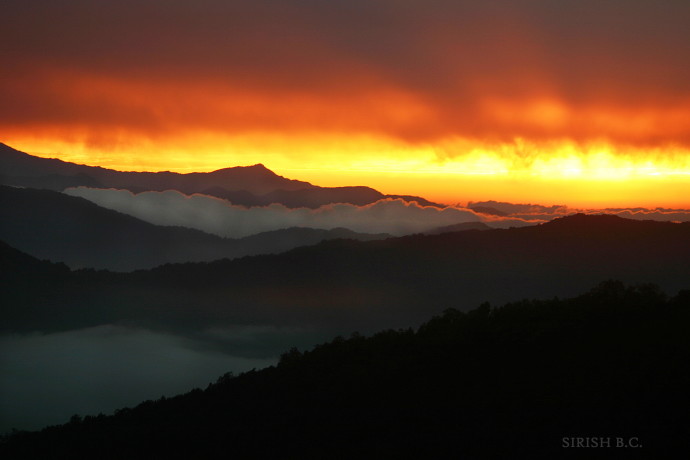

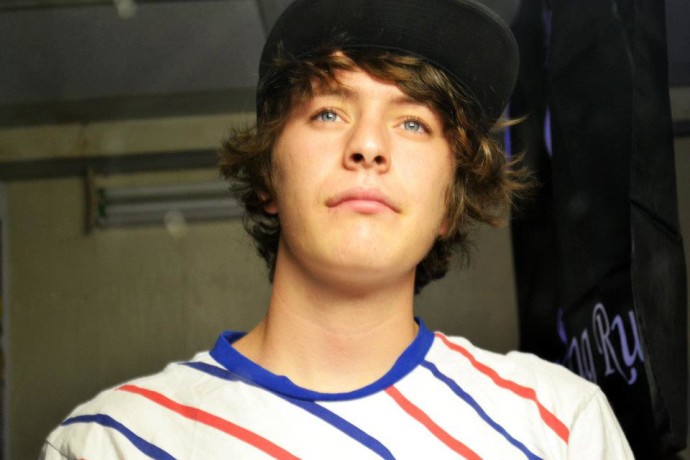
Photographer Karl Uhl
(1) Thevenin, Mina. 2015, March. “THE HIMALAYAS- Sagarmatha, Mount Everest”, Photography World, Ltd Co, Publication. WEBSITE
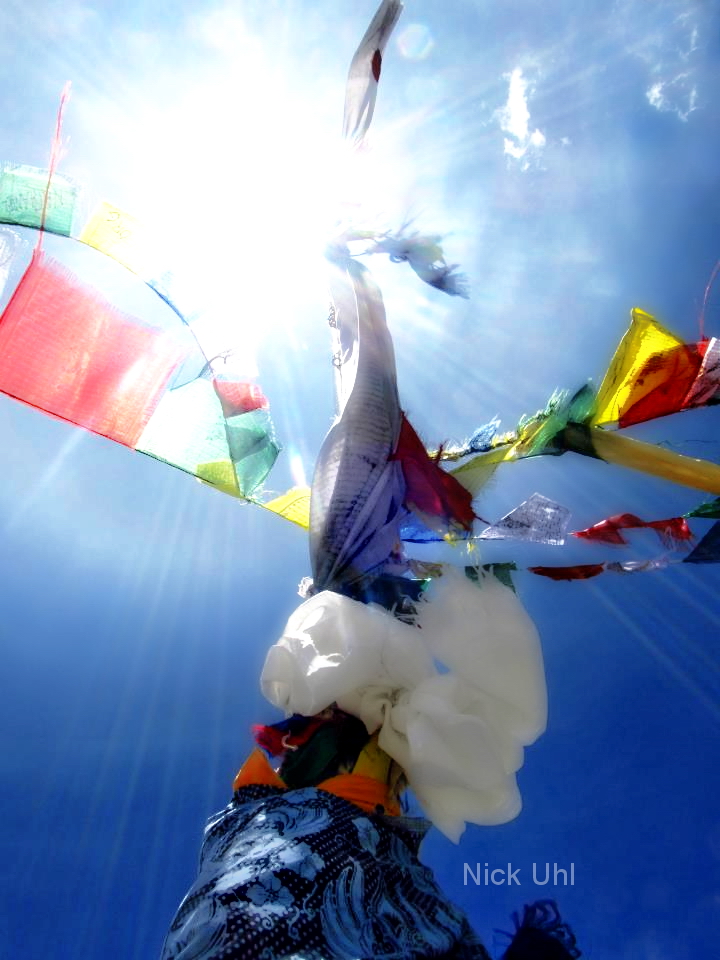
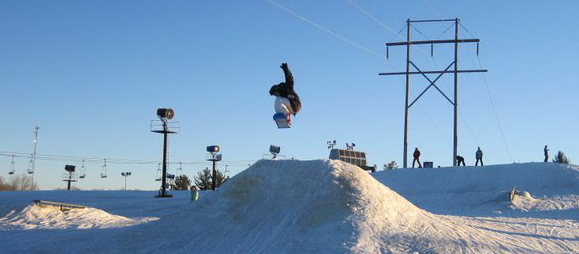

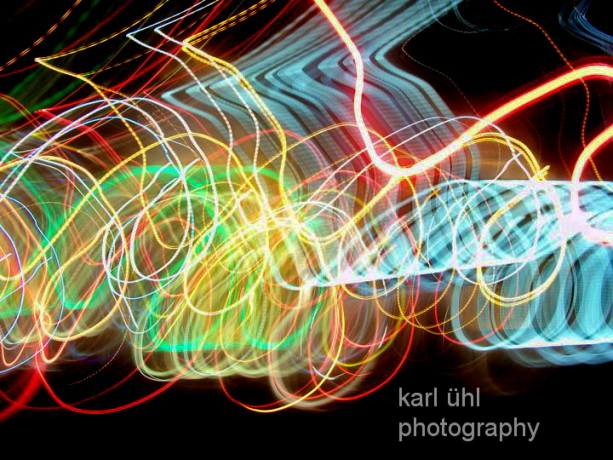
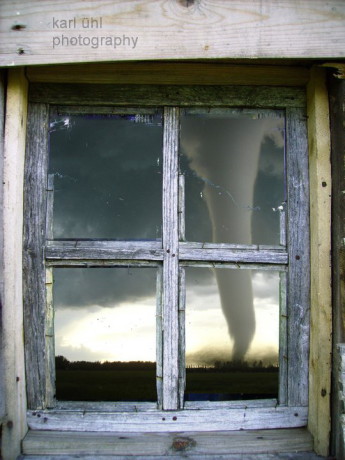


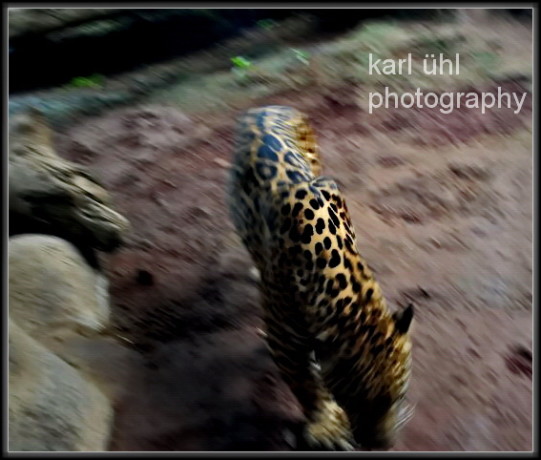
0 comments